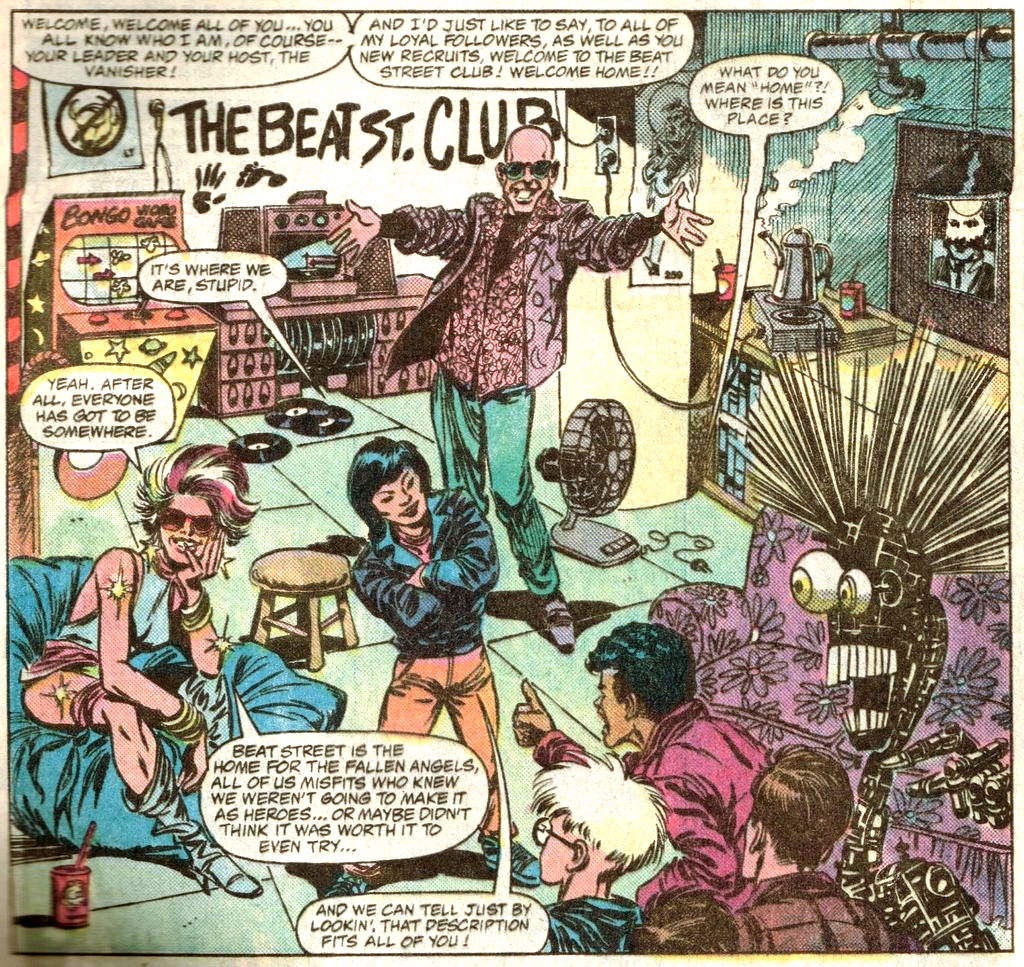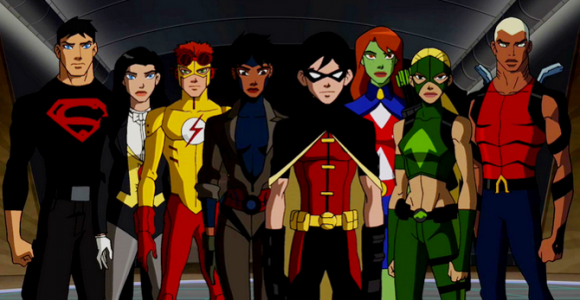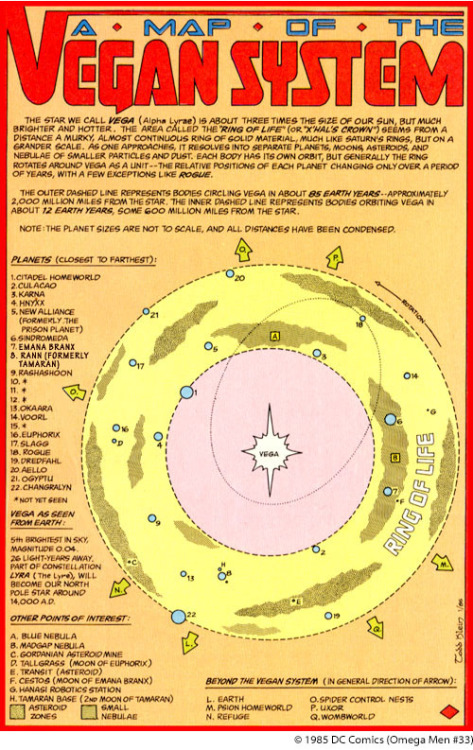When contemplating a new superhero campaign, the choice is usually between creating an original setting or playing in an established comic book universe. It occurs to me another option be playing in a failed or defunct superhero universe: you get the advantage of having some established elements to pull from (not to mention art), but few people will have strong enough attachments to it and the worlds are unlikely to have last long enough to really constrain you with canon. You get to build your own house but with a foundation and all the building materials supplied.
No has-been or never-was universe became so as spectacularly and quickly as 70s Atlas Comics (or Atlas/Seaboard). I won’t delve into the history (you can read it
here) but suffice to say despite prestigious talent and money no Atlas title lasted more than 4 issues. Conventional wisdom would hold that this failure was because the Atlas characters weren’t very good and their stories possibly worse. I would submit, however, that uninspiring or mediocre comic book characters are pretty much the stock and trade of supers rpgs. Game characters don’t need concepts that swing for the fences, they just need to get on base. That’s why Marvel and DC B and C-listers are the sweet spot for using as game characters—and Atlas’s “superstars” are pretty much at that level. Let’s look at the standouts in turns of gameability:
Jeff “the Cougar” Rand is a stuntman that battles supernatural or weird menaces that keep cropping up in LA. He’s sort of Colt Seavers: The Night Stalker.
A Viet Nam vet joins a cult and gifted with supernatural powers, including a cape that serves as a portal to a pocket dimension. He turns on the cult when he found out thy’re out for Xenogenesis, and the advent of Demon-kind on Earth. This is pretty much the same character Rich Buckler would introduce at Marvel as
Devil-Slayer.
The Destructor is young criminal whose scientist father gives him an experimental formula to save his life. He gets powers a bit like a combination of Daredevil and Wolverine. He’s sort of like a Peter Parker gone wrong, out for vengeance on the Syndicate who killed his father.
An astronaut rescued by aliens steals a super-powered suit from them and escapes, then fights to stop the aliens from destroying mankind. Phoenix has a bit of a Green Lantern or Captain Marvel vibe, with a little von Däniken/70s UFO conspiracy garnish.
18th Century Highway is released from Hell by Satan serve as his agent in the 20th century, sending the souls of evil-doers straight into Perdition’s flames. He’s sort of the Scarecrow of Romney Marsh by way of Spawn.
Not exactly the “new house of ideas,” but not that bad, either. Well, most of these characters got a big shift in the last issue, so the thought would be: take the first issue or two as “canon”, then build your own universe from there, using things from later stories as fodder for inspiration. PCs could have latitude in how to develop their characters further from their comic roots, perhaps doing some “retcons” to the backstory over time, just as would likely have happened had the comics kept being published.
There are other Atlas characters, some that could be good PC material with a “bold new direction” here or there. There are also several barbarians, a few horror characters, tough cops, and two future dystopias that can help fill out the universe and inspire further development.
What crashed and burned in the world of comics publishing may soar in gaming. The Atlas Age just might be here!























































